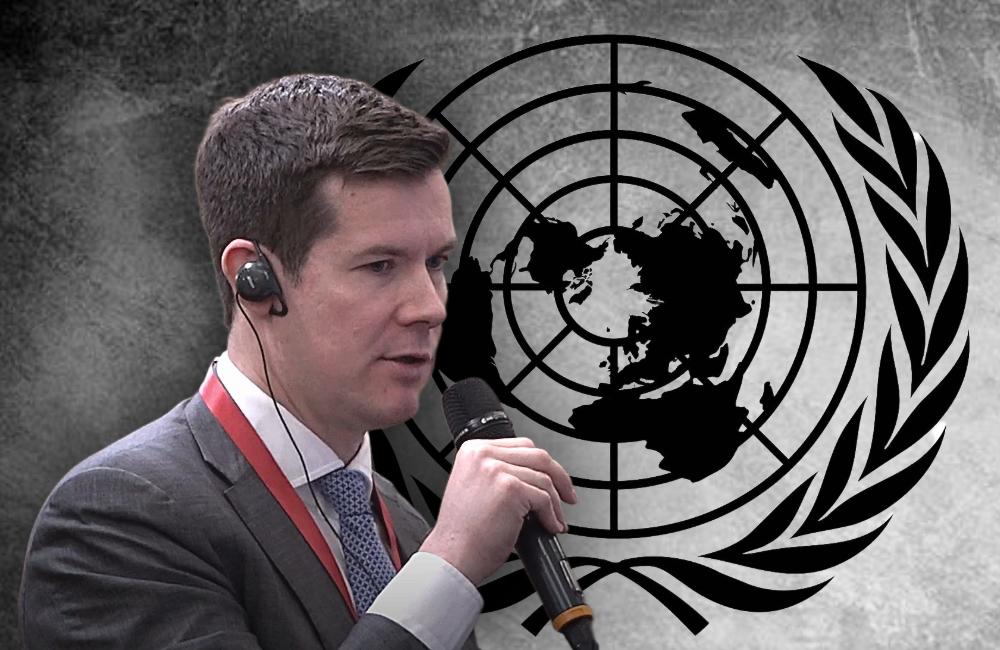New data from Eurostat paint a contradictory picture of child well-being in the European Union. While the overall risk of poverty or social exclusion among minors has fallen to 24.2%, down 0.6 points since 2023, these figures mask deep regional differentials that need to be analysed in detail.
The situation remains alarming in Bulgaria, Spain and Romania, where one in three children faces social risks. The case of Bulgaria is particularly illustrative, where, despite the economic growth of recent years, the rate remains the highest in the EU (35.1 per cent). This indicates structural problems in the redistribution of resources and the effectiveness of social programmes in the country.
At the other pole are Slovenia, Cyprus and the Czech Republic, demonstrating that child poverty rates below 16 per cent are achievable even without the status of EU economic leaders. Slovenia with its 11.8 per cent is particularly significant – the country combines moderate economic performance with a well-developed system of social support for families.
The dynamics of changes over the year deserve special attention. Romania showed impressive progress (-5.2 points), probably due to the implementation of EU programmes to integrate marginalised communities and the increase in minimum wages. However, the parallel rise in relatively prosperous Finland (+3.5 points) raises questions about the impact of the economic downturn and social spending cuts in traditionally stable countries.
Economists have noted a correlation between child poverty rates and several factors: the efficiency of the tax redistribution system, the availability of preschool education (allowing parents to work), and the share of temporary employment. High-performing countries, such as Spain, combine all three negative factors.
While the overall downward trend in child poverty in the EU is encouraging, current economic challenges – from inflation to the energy crisis – could reverse it. Of concern is the situation in Croatia and Belgium, where rates are rising. Without targeted measures, the next survey may show a worsening situation, especially in light of the shrinking social budgets in many countries.
These data are relevant in the context of the EU’s demographic crisis. High levels of child poverty not only create social problems today, but also undermine the human capital of tomorrow, which in the long term threatens the economic sustainability of the EU.












